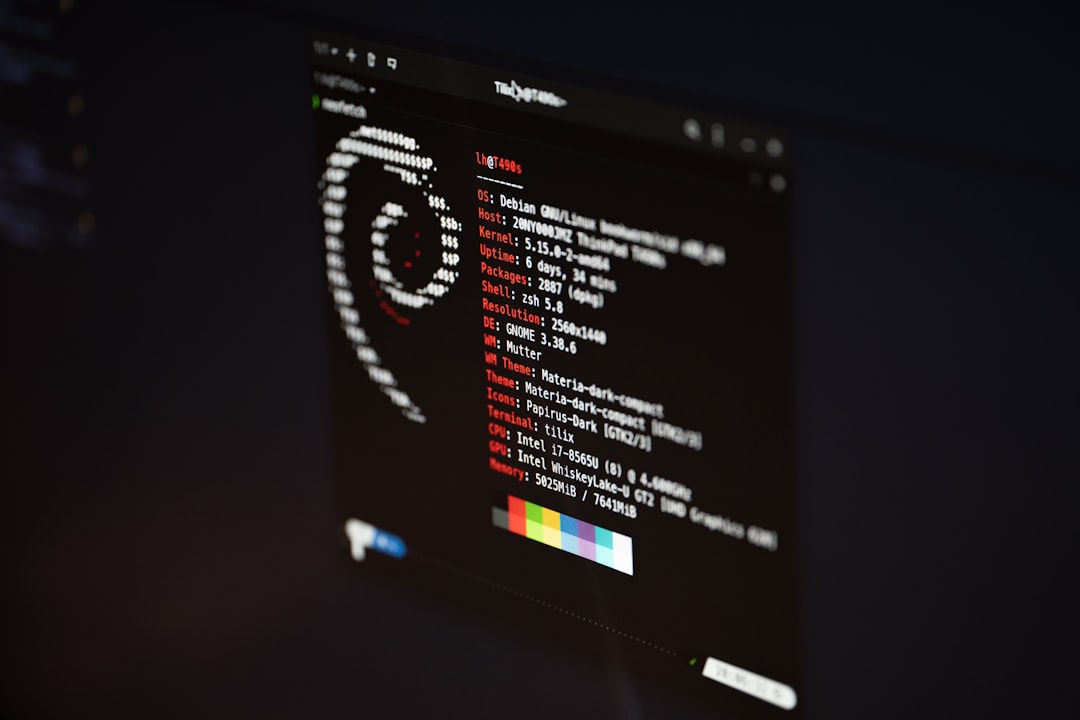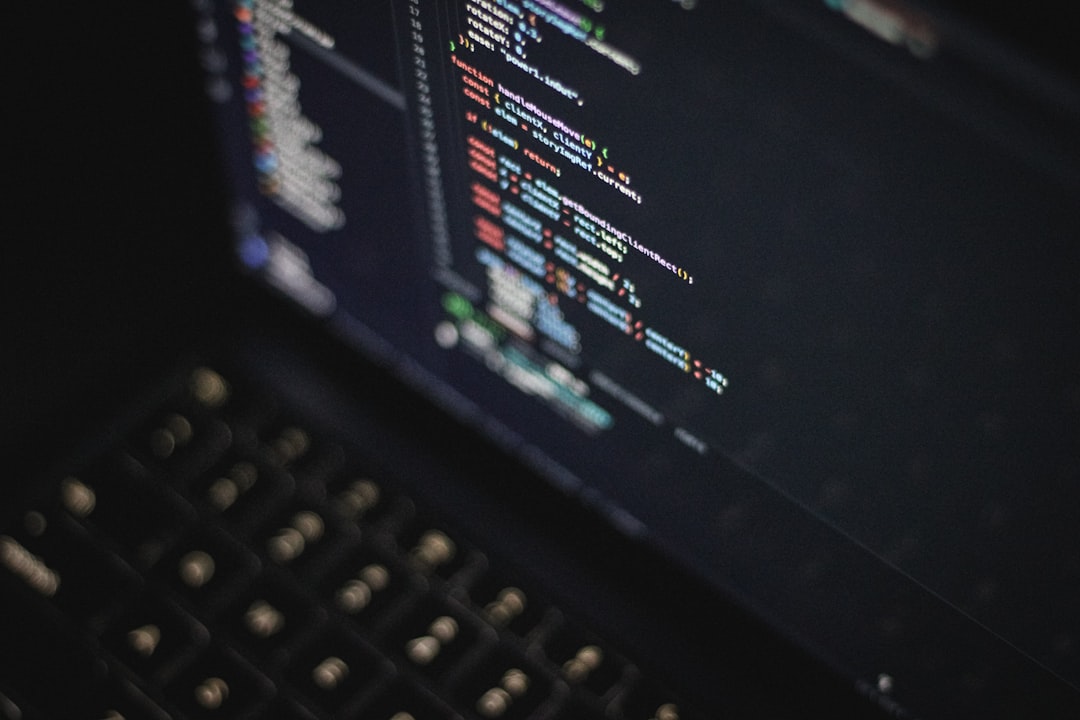Ubuntu is one of the most popular Linux distributions, known for its user-friendliness and strong community support. Despite the wide availability of applications through official software repositories and the Ubuntu Software Center, there are cases where users might need to install a software package manually. This is often done using .deb files—Debian package files specifically designed for Debian-based Linux systems like Ubuntu. Understanding how to install these files using both graphical and terminal methods is essential for all levels of Ubuntu users.
What Is a .deb File?
A .deb file is a standard format used by Debian and its derivatives, including Ubuntu, to distribute software packages. It is comparable to a “.exe” file in Windows. These files contain compiled code, configuration files, dependencies, and other information required to install and run a program on your system. Many third-party developers distribute their software in this format outside of the official Ubuntu repositories, making it a common method for installing new software.

Precautions Before Installing .deb Files
Before installing any .deb package manually, consider the following points to protect your system:
- Verify the source: Only download .deb files from trustworthy websites and developers. Malicious software can be bundled in fake packages.
- Check compatibility: Ensure that the package is intended for your version of Ubuntu. Incompatible packages may cause dependency issues or break existing functionality.
- Backup your system: It’s good practice to create a system restore point or backup critical files before introducing third-party software.
Method 1: Installing .deb Files Using the Graphical Interface
The graphical method is suitable for beginners or those who prefer not to use the terminal. Ubuntu’s native tools make the process straightforward.
Step-by-Step Guide:
- Download the .deb file: Visit the application’s official website or trusted repository and download the .deb file to your computer.
- Locate the file: Open your File Manager and navigate to the directory where you downloaded the .deb file, usually the Downloads folder.
- Open the file: Double-click the .deb file. This will open the Debian package in the default software installer—usually the Software Center or GDebi, if installed.
- Install: Click on the “Install” button. You might need to enter your administrator password to authorize the installation.
After a few moments, the software should be completely installed and accessible from the applications menu.
Note:
If you want to enhance usability, consider installing GDebi, a lightweight application that handles .deb package installations more efficiently and manages dependencies better than the default software installer.
To install GDebi, run the following command in the terminal:
sudo apt update
sudo apt install gdebiAfter installation, you can right-click a .deb file, select “Open With” → GDebi Package Installer, and proceed with the installation.
Method 2: Installing .deb Files Using the Terminal
Installing via the terminal gives you greater control and can be faster, especially for experienced users. There are two primary commands typically used: dpkg and apt.
Option 1: Using dpkg
The dpkg tool is a low-level package manager that installs .deb files without checking or resolving their dependencies automatically.
- Open Terminal: Press Ctrl + Alt + T to launch the terminal.
- Navigate to the download directory:
cd ~/Downloads- Install the .deb package:
sudo dpkg -i filename.debReplace filename.deb with the name of your downloaded file. You may receive warnings about missing dependencies. To fix this, run the following:
sudo apt-get install -fThis command will find and install any missing dependencies.
Option 2: Using apt
In many cases, you can use apt to install a .deb file while ensuring dependencies are resolved automatically. This method is easier and more reliable for custom installations.
sudo apt install ./filename.debThe ./ is necessary to tell apt that the package is located in the current directory. Using apt in this way combines the simplicity of automatic dependency resolution with the flexibility of terminal control.

Method 3: Using Ubuntu Software Center from the Context Menu
Another GUI method, particularly helpful for newer users, involves using the right-click context menu in the file manager.
- Right-click the .deb file.
- Select Open With Other Application.
- Choose Software Install or GDebi Package Installer if available.
- Click “Select”, then proceed with the installation.
This method achieves the same result as double-clicking and is handy if you have multiple package managers installed or want to set a default installer.
How to Remove a .deb Package
If you need to uninstall a previously installed .deb package, you can use the terminal:
sudo apt remove packagenameReplace packagename with the actual name of the package. If you’re unsure of the exact name, you can find it using the following command:
dpkg -l | grep packageThis will list all installed packages containing that keyword, allowing you to identify the correct one to remove.
Troubleshooting Common Errors
During installation, some common problems may arise. Below are solutions for the most frequent issues:
- Dependency Problems: Run
sudo apt-get install -fto fix broken or missing dependencies. - “Package is of bad quality”: This might happen with unofficial software. Proceed only if you’re confident in the source.
- Conflicting Software Versions: You might need to uninstall older versions or incompatible packages using
sudo apt remove.
Final Thoughts
Installing .deb files in Ubuntu provides a flexible way to obtain and manage software not found in the default repositories. Whether you prefer the familiarity of the graphical interface or the precise control of the terminal, the ability to manually install packages can be a powerful tool for enhancing your Linux experience.
However, with this power comes responsibility. Be cautious about where you source your packages, and always ensure you’re installing compatible and trustworthy software. By mastering both GUI and terminal installation methods, you can confidently take full advantage of the numerous applications available to the Ubuntu ecosystem.


